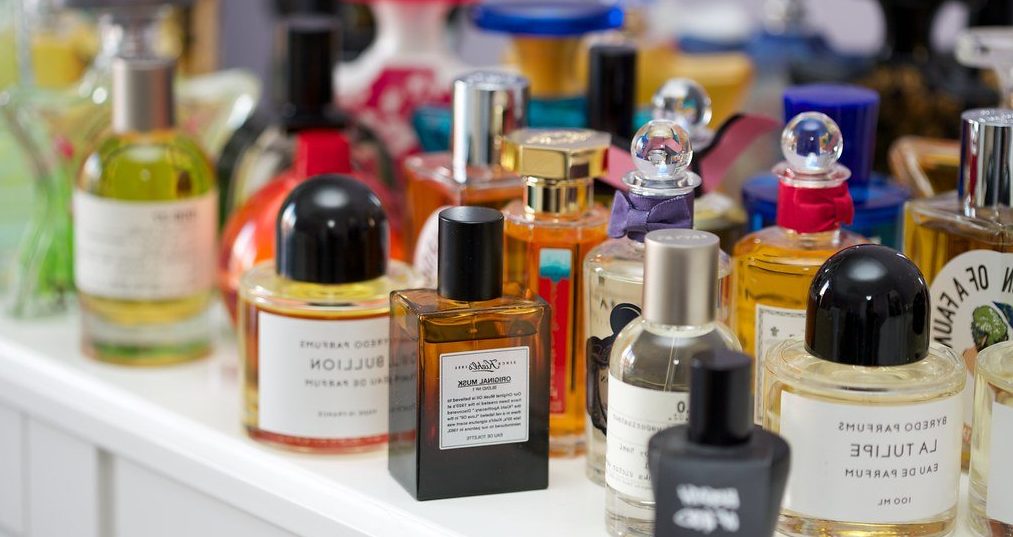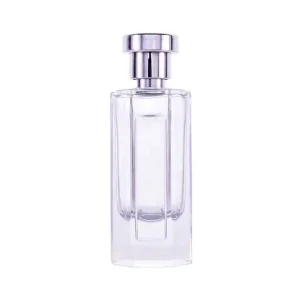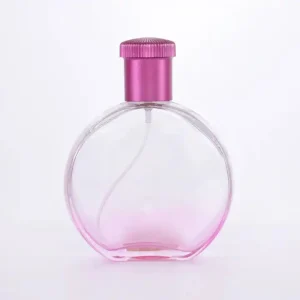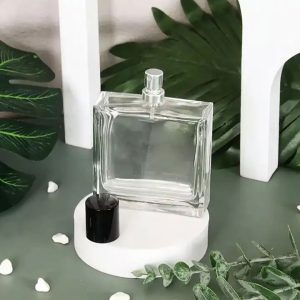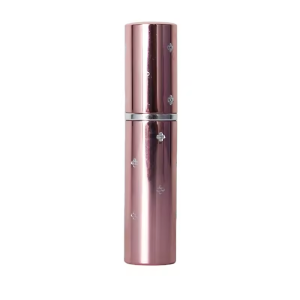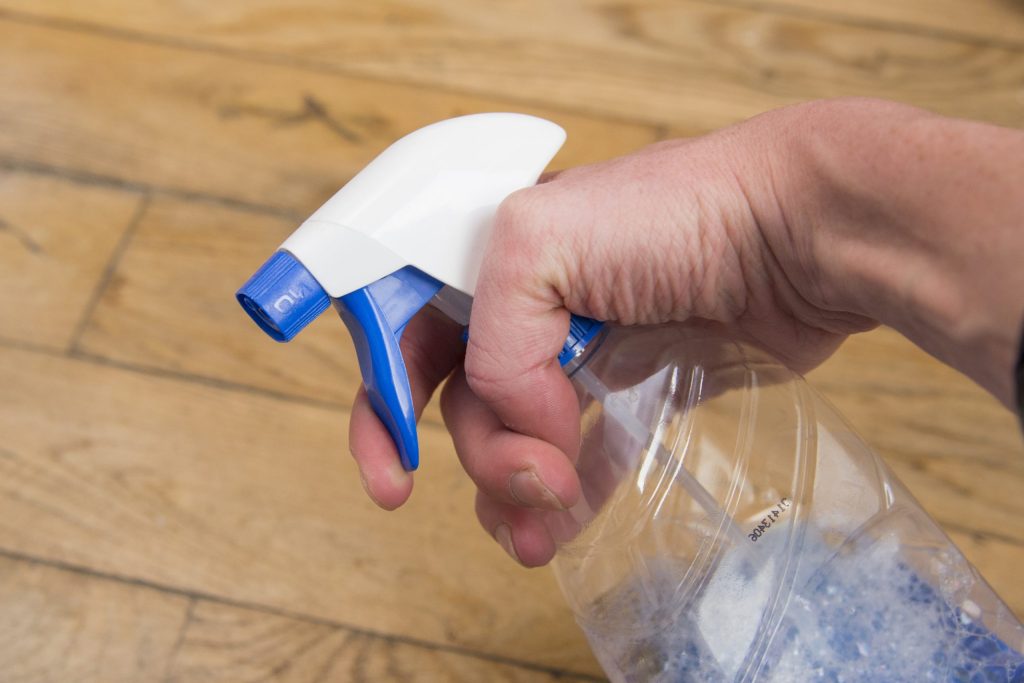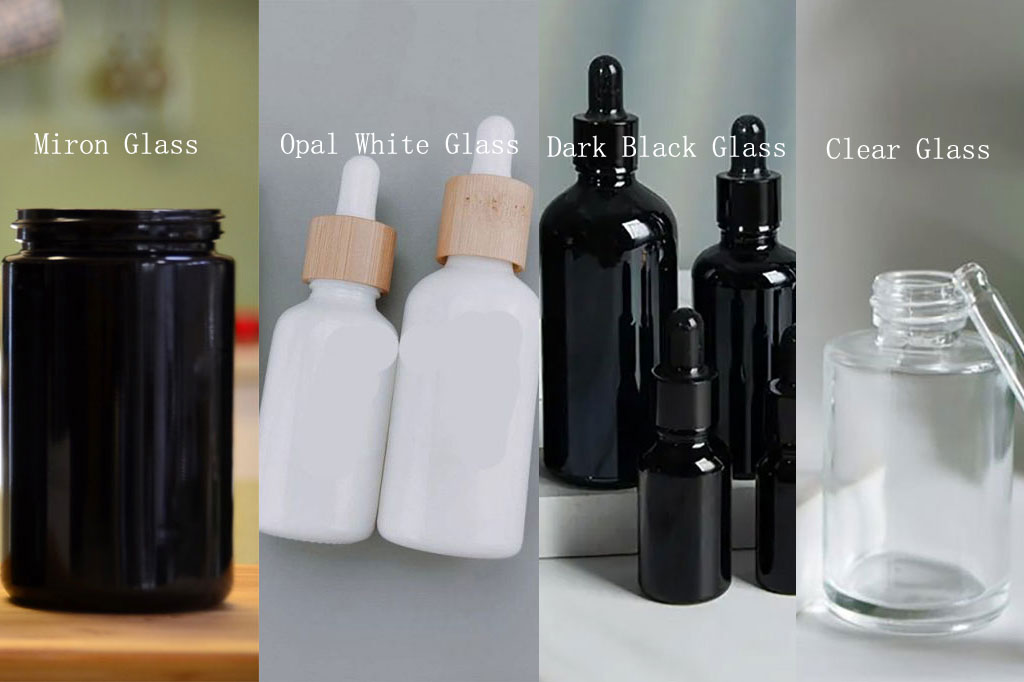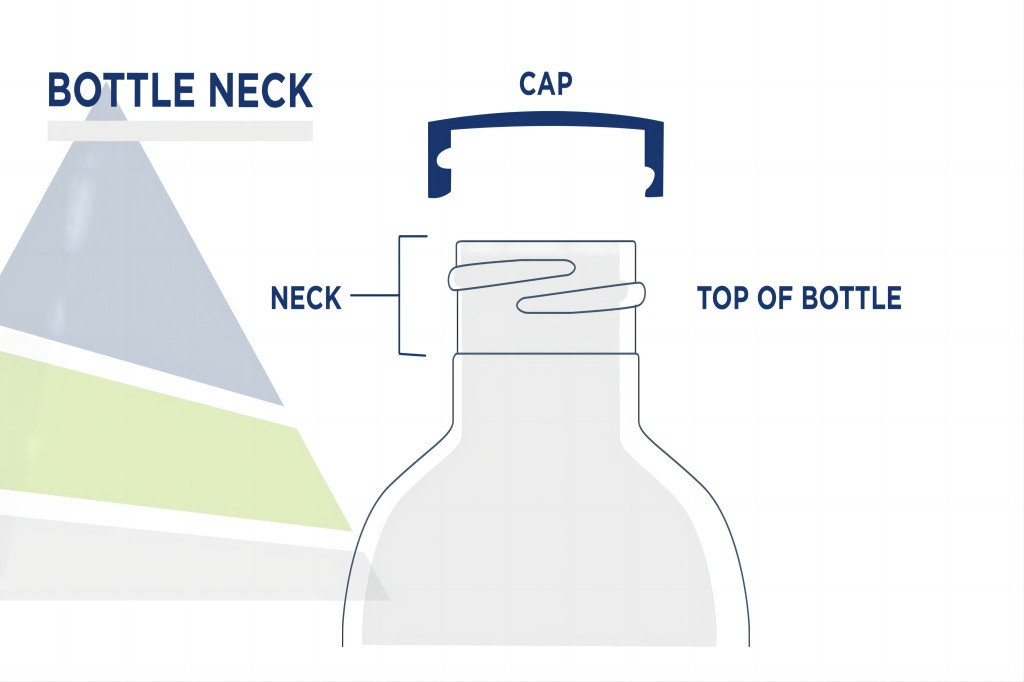In the captivating world of perfumes, the size of the bottle is as crucial as the scent it holds. Different bottle sizes cater to various needs—like portability and longevity—and influence the overall experience of using and displaying perfumes.
Whether you’re a traveler needing compact dimensions, a collector appreciating unique editions, or someone discovering new fragrances, understanding perfume bottle sizes can enhance your purchasing and using experience.
This guide will explore the spectrum of perfume bottle sizes, helping you make informed decisions suited to your lifestyle and preferences.
Perfume Bottle Size Chart
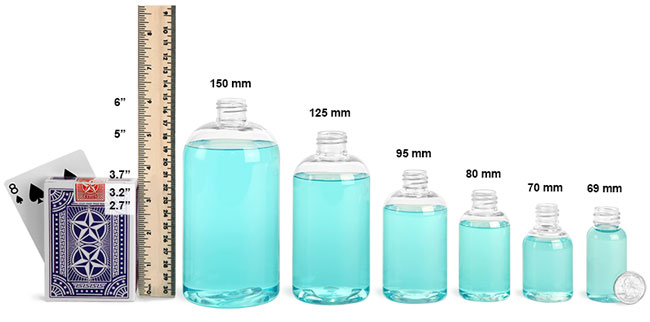
Before exploring the various sizes of perfume bottles, it’s essential to grasp the standard units of measurement used: milliliters (ml) and fluid ounces (fl oz). Milliliters are universally recognized and used internationally, while fluid ounces are often used in regions like the United States.
Familiarizing yourself with these measurements will assist you in choosing the most suitable perfume bottle size for your needs.
| Milliliters (mL) | Fluid Ounces (fl. oz.) | Common Usage |
|---|---|---|
| 1 – 2 mL | 0.03 – 0.07 fl. oz. | Sample vials |
| 5 mL | 0.17 fl. oz. | Travel size, miniatures, samples |
| 10 mL | 0.34 fl. oz. | Travel size, rollerballs |
| 15 mL | 0.51 fl. oz. | Small travel size |
| 30 mL | 1.01 fl. oz. | Standard small bottle |
| 50 mL | 1.69 fl. oz. | Standard medium bottle |
| 75 mL | 2.54 fl. oz. | Less standard size, larger bottles |
| 100 mL | 3.38 fl. oz. | Standard large bottle |
| 200 mL | 6.76 fl. oz. | Extra large size, value size |
| 250 mL and above | 8.45 fl. oz. and above | Collector’s editions, special releases |
Our Featured Perfume Bottles’ Size
Key Points to Consider When Using the Chart
- Versatility: The chart spans from tiny 1-2 mL samples, ideal for testing new fragrances, to large 250 mL bottles typically used for favorites or shared scents.
- Cost Efficiency: Generally, larger bottles offer better cost-per-volume ratios, making them economical choices for long-term use of a favorite scent.
- Travel and Regulations: Bottles up to 100 mL are usually acceptable for carry-on luggage under most airline regulations, making them practical for travel.
- Special Editions and Gifts: Larger or uniquely designed bottles might be sought after as gifts or collector’s items, often available in special or limited editions. You can contact us for your customized sizes solutions.
Understanding Perfume Bottle Sizes
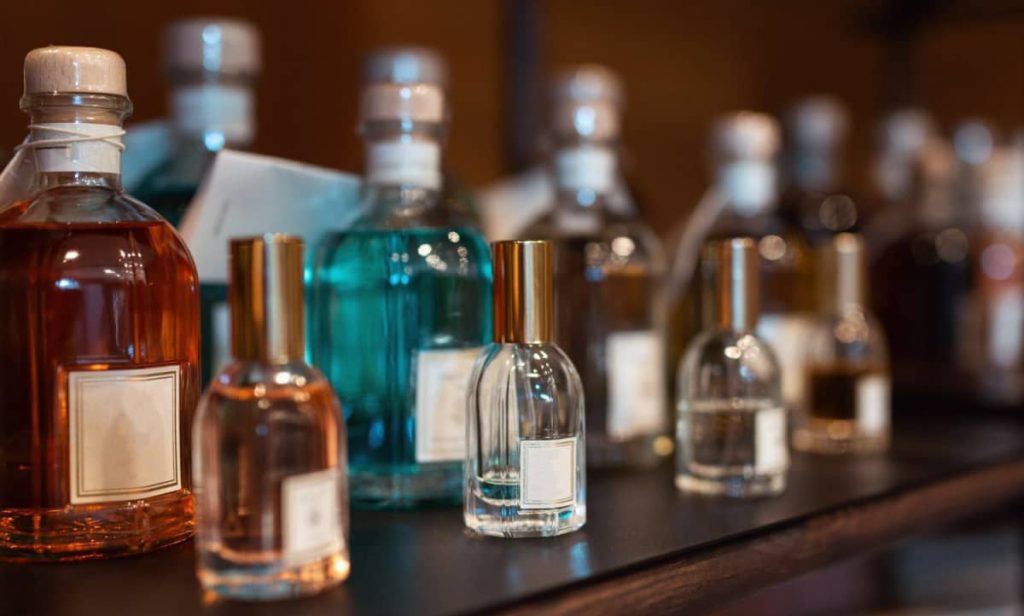
Understanding the sizes of perfume bottles is essential for making informed decisions about your fragrance purchases.
Here’s a deeper look into what these sizes mean and how they can affect your perfume experience:
1. Terminology and Measurements
- Milliliters (mL): Perfume bottle sizes are most commonly measured in milliliters. This measurement is universally recognized and used worldwide.
- Fluid Ounces (fl. oz.): In some regions, particularly in the United States, perfume sizes are also expressed in fluid ounces. There’s a simple conversion between the two: 1 fl. oz is approximately 30 mL.
2. Size Categories
- Samples and Miniatures: These range from 1 mL to about 10 mL. They are ideal for testing a new fragrance without committing to a full-size purchase.
- Travel Sizes: Typically between 10 mL and 30 mL, these are perfect for on-the-go lifestyles, adhering to airline regulations for liquids.
- Standard Full Sizes: These bottles range from 30 mL to 100 mL and are the most common sizes consumers purchase.
- Large or Collector Sizes: Often starting from 100 mL and going up to 250 mL or more, these sizes are usually more cost-effective per mL and are favored by dedicated fans of a specific fragrance.
3. How Size Affects Perfume
- Concentration and Longevity: The size of the bottle doesn’t directly affect the strength of the fragrance (which is determined by the concentration of perfume oils), but larger bottles can offer a longer shelf-life because they are opened less frequently.
- Cost Efficiency: Larger bottles generally provide a better price per mL, although the initial investment is higher.
- Portability and Accessibility: Smaller bottles are more accessible to carry and store, making them more convenient for travel and everyday use.
4. Practical Implications
- Sampling: Trying perfumes through smaller sizes or samples is a practical way to explore different scents without the financial commitment of larger bottles.
- Gift Giving: Smaller sizes or beautifully designed larger bottles can make thoughtful gifts, depending on the recipient’s taste and your budget.
5. Cultural and Market Trends
- Western vs. Eastern Markets: Size preferences can vary significantly between markets. For example, in Western countries, larger sizes might be more popular, whereas in Eastern markets, smaller sizes could be preferred due to lifestyle and cultural factors.
Standard Perfume Bottle Sizes
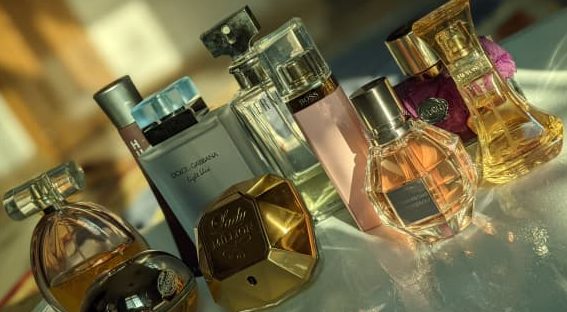
Standard perfume bottle sizes can vary, catering to various preferences and uses. Here’s a detailed look at the typical sizes available in the market, which helps in understanding the options when purchasing a fragrance:
1. Common Sizes Explained
- 30 mL (1 fl. oz.): Often considered a small size, this is a popular choice for those who prefer to have a variety of scents without committing to large bottles. It’s also a favored size for higher-end perfumes where a smaller amount might be preferable due to cost.
- 50 mL (approximately 1.7 fl. oz.): This mid-range size balances portability and longevity. It’s common for regular users who have a preferred daily scent.
- 100 mL (approximately 3.4 fl. oz.): A standard size for many perfumes, offering a good balance of value and volume. It’s suitable for those who use perfume regularly or who are particularly fond of a specific scent.
2. Less Common but Available Sizes
- 75 mL (approximately 2.5 fl. oz.): This size is less standard but can be found in selective brands. It serves as a middle ground between 50 mL and 100 mL.
- 200 mL (approximately 6.8 fl. oz.) and above: These are typically found in best-selling fragrances or are offered as special editions. They are cost-effective on a per mL basis and are popular among loyal users of a fragrance.
3. Mini and Sample Sizes
- 5 mL (approximately 0.17 fl. oz.): Often used for samples or travel-sized versions of perfumes, these mini bottles are ideal for trying a new fragrance or for small, occasional use.
- 10 mL (approximately 0.34 fl. oz.): These can also be travel sizes or deluxe samples. They often come in the form of rollerballs or small spray bottles.
4. Factors Influencing Bottle Size Availability
- Brand Strategy: Some brands offer only specific sizes based on their market strategy, fragrance concentration, and target audience.
- Fragrance Concentration: Higher concentrations like Parfum or Eau de Parfum might be available in smaller sizes due to their lasting power and higher cost.
5. Advantages of Standard Sizes
- Versatility: Standard sizes such as 50 mL and 100 mL provide enough fragrance for many applications without being cumbersome to store or carry.
- Economical: Larger sizes generally offer better cost per volume, making them more economical over time than continually buying smaller bottles.
6. Choosing the Right Size
- Personal Usage: Consider how often you wear perfume and how quickly you go through a bottle.
- Budget and Preferences: Larger bottles provide better value, but smaller ones allow for more variety and less financial commitment upfront.
Practical Tips for Choosing the Right Size
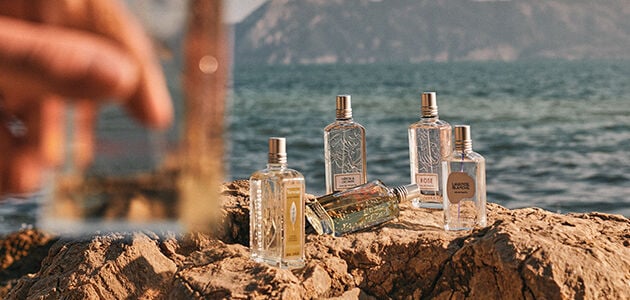
Choosing the right perfume bottle size isn’t just about preference but practicality, budget, and lifestyle. Here are some practical tips to help you select the perfect size for your needs:
1. Consider Your Perfume Usage Habits
- Frequency of Use: If you wear perfume daily, larger bottles might be more cost-effective. Smaller bottles could be more appropriate for those who switch scents often or use perfume sparingly.
- Variety vs. Signature Scent: If you like to explore different fragrances regularly, invest in smaller sizes or travel bottles. If you have a go-to fragrance, a more giant bottle will serve you better.
2. Assess Your Lifestyle
- Travel Needs: If you travel frequently, look for TSA-friendly sizes, typically under 100 mL. Smaller bottles are more accessible to pack and can be carried in hand luggage.
- Storage Space: Consider the space you have to store your perfumes. Smaller bottles are more accessible to store and display, especially in limited spaces.
3. Budget Considerations
- Cost Per Volume: Larger bottles generally offer a lower cost per mL, making them a more economical choice in the long run. However, the initial cost is higher.
- Sampling Before Investing: If a perfume is expensive, try a smaller size or a sample first to ensure it’s a scent you will enjoy and wear frequently.
4. Evaluate the Perfume’s Longevity
- Perfume Shelf Life: Perfumes generally have a shelf life of 3 to 5 years. Larger bottles may not be a wise investment if you don’t use the perfume within this period, as the fragrance can degrade over time.
- Exposure to Air: Each time a perfume bottle is opened, the fragrance is exposed to air, which can accelerate degradation. Smaller bottles, used up more quickly, can maintain their integrity better.
5. Special Occasions and Gifting
- Gifts: Smaller or travel-sized bottles can make charming and thoughtful gifts without the commitment of a full-sized bottle.
- Collectibles: Limited edition or uniquely designed bottles can be appealing as gifts or collectors’ items, regardless of size.
6. Try Before You Buy
- Samples and Decants: Utilize samples and decants to experience a fragrance before committing to a full-size bottle. Many online forums, stores, and brands offer these at low costs.
7. Environmental Impact
- Sustainability: Consider the environmental impact of your purchase. Larger bottles mean less waste and packaging peruse, which could be a deciding factor if you are environmentally conscious.
8. Special Editions and Releases
- Collector’s Items: Sometimes, special editions come in unique sizes that might be more expensive but can offer distinctiveness or collectible appeal.
Storage and Maintenance of Different Sizes
Storing and maintaining perfumes properly is crucial to preserve their fragrance quality over time, regardless of the size of the bottle. Here are some tailored guidelines for the storage and maintenance of different perfume bottle sizes:
1. General Storage Tips
- Keep Away from Light: Store perfumes in a dark place, as light can break down the perfume’s components and alter its fragrance.
- Maintain a Stable Temperature: Avoid storing perfumes in areas with fluctuating temperatures. A relaxed, stable environment is ideal.
- Avoid Humidity: Bathrooms often fluctuate in temperature and humidity, which can degrade the perfume quickly. Opt for a bedroom or closet instead.
- Original Packaging: Keeping the perfume in its original box can provide additional protection from light and temperature changes.
2. Small Sizes (1 mL to 30 mL)
- Handling: Smaller bottles are more susceptible to evaporation and contamination due to frequent opening. Use them within a shorter timeframe.
- Traveling: For travel sizes, consider using a protective case or pouch to prevent breakage and leaks when on the move.
3. Medium Sizes (50 mL to 100 mL)
- Placement: Medium-sized bottles are typically used more frequently and can be kept within easy reach. However, they should still be stored out of direct sunlight.
- Use Cycle: Try to use these bottles within 1-2 years of opening, when the fragrance is most potent.
4. Large Sizes (Over 100 mL)
- Decanting: Transfer some of the perfume into a smaller spray bottle for daily use. This minimizes air exposure to the main bottle, preserving the fragrance longer.
- Storing Unopened Bottles: If you have unopened large bottles, store them vertically in a cool, dark place to maintain their quality.
5. Collector’s and Limited Edition Sizes
- Display and Care: While you might want to display these bottles, ensure they are away from sunlight and not exposed to light in a glass display case. Consider using UV-protective glass if displaying.
- Documentation: Keep any certificates or special packaging with collector’s items, which can be important for authenticity and resale value.
6. Practical Considerations for Usage
- Rotation: Rotate the perfumes you use regularly to ensure that bottles are not left open without use for long periods.
- Testing for Spoilage: Periodically check your perfumes for changes in color, scent, or separation, which could indicate spoilage.
Conclusion
Understanding the sizes and proper storage of perfume bottles is essential for any fragrance enthusiast. Knowing the differences between milliliters and fluid ounces helps you choose the right size for your needs, while practical storage ensures your perfumes maintain their quality over time.
By selecting the appropriate bottle size and caring for it properly, you can enjoy your favorite scents at their best, making each use a fresh and delightful experience.

